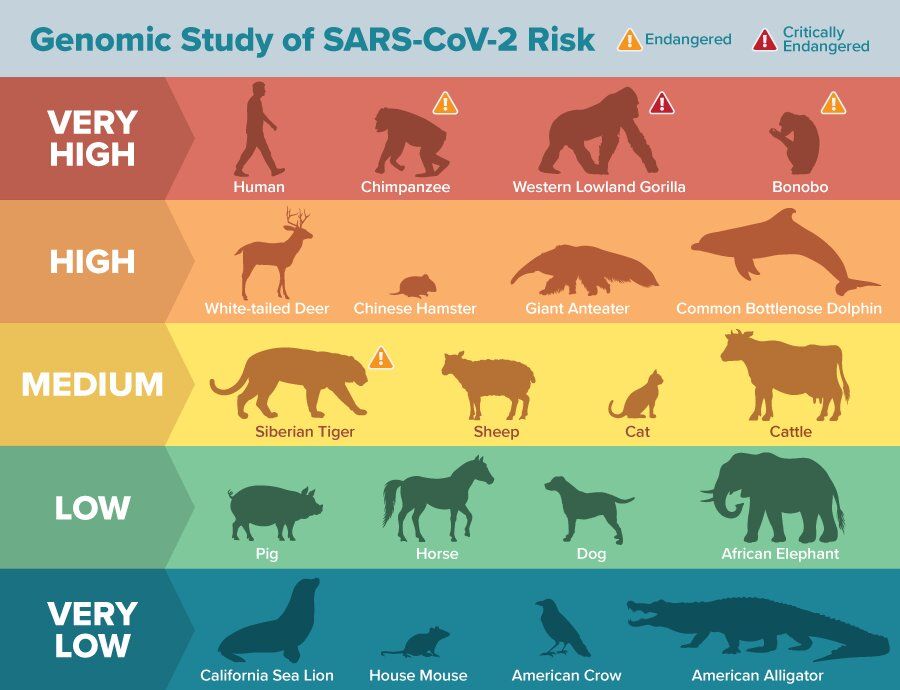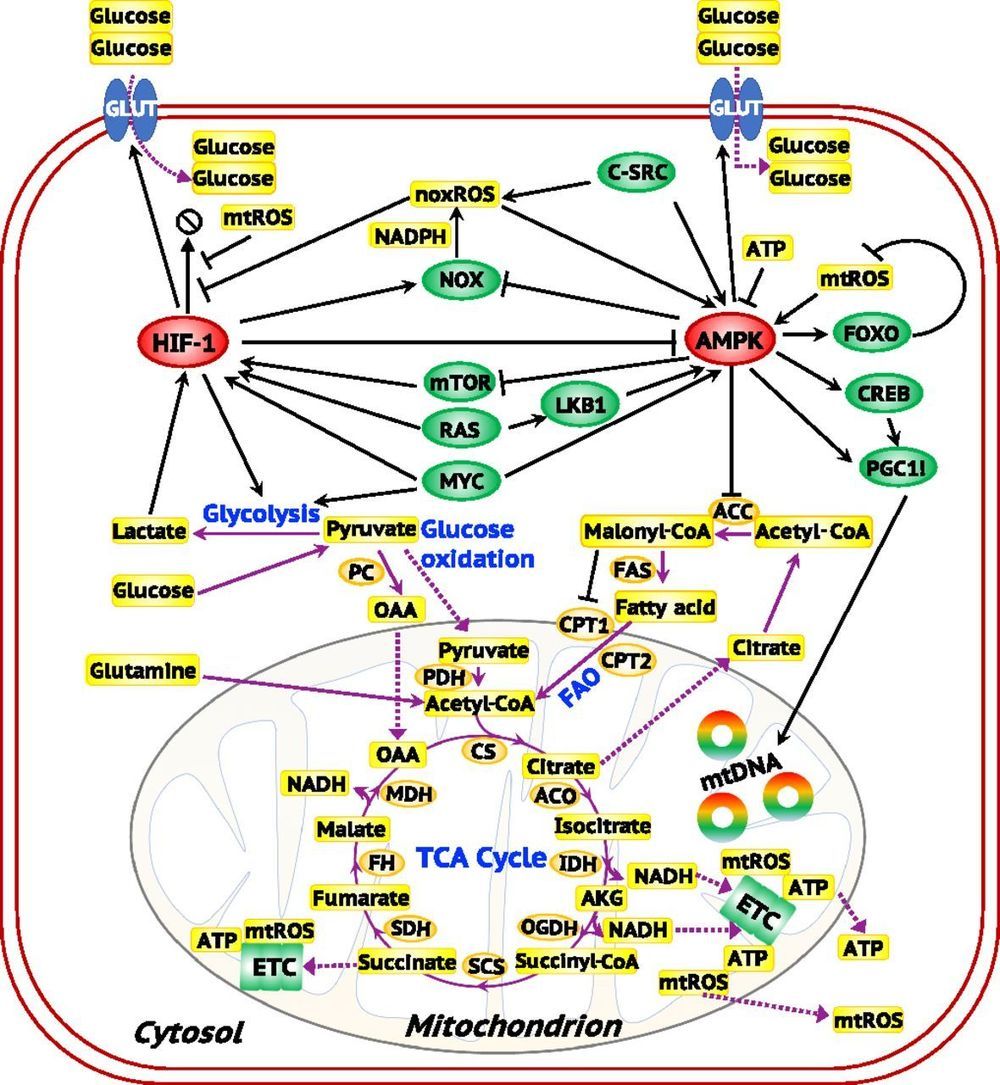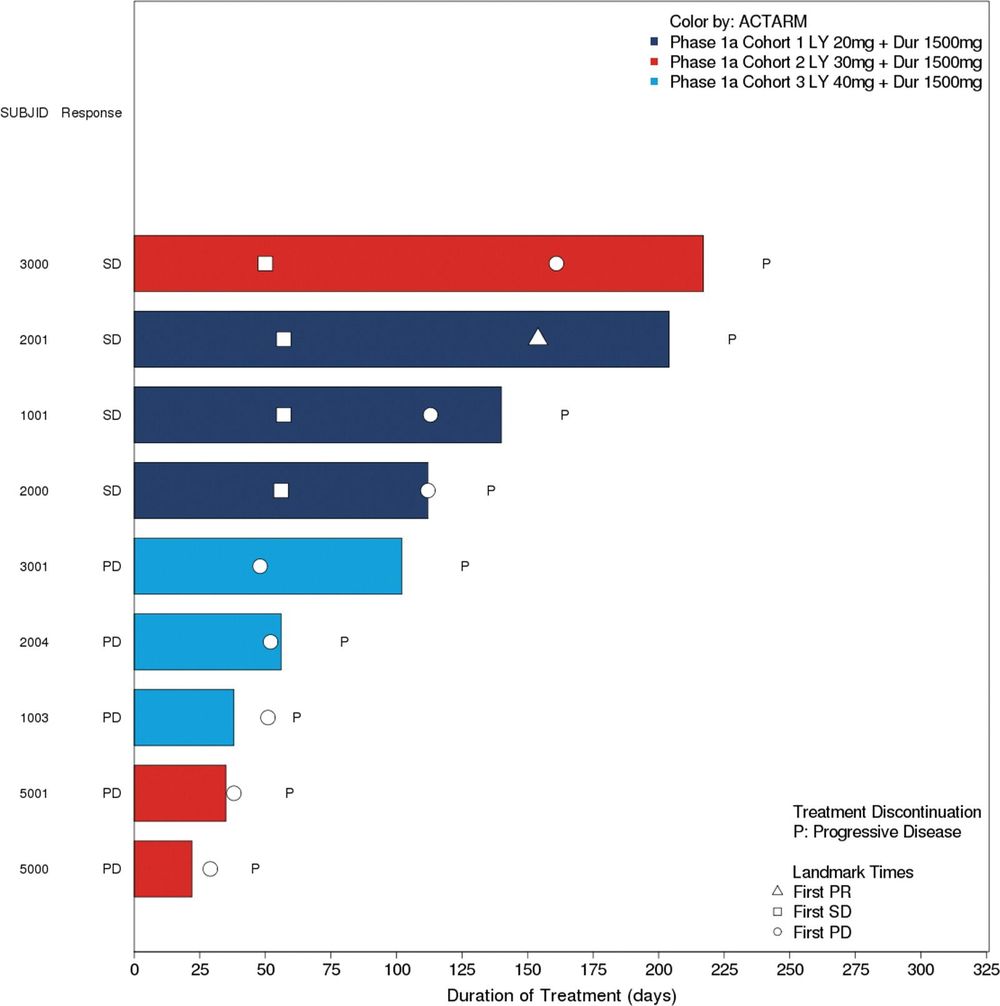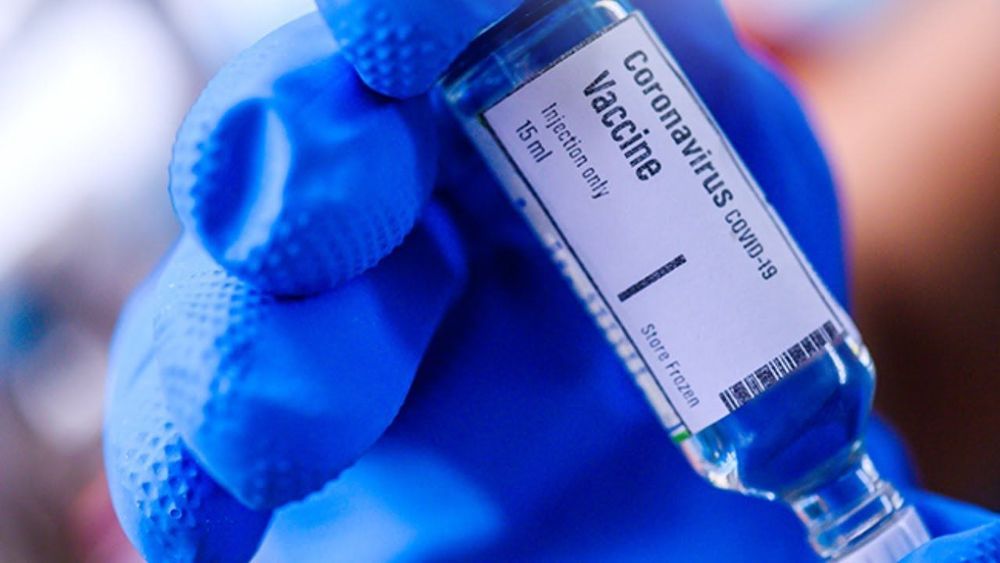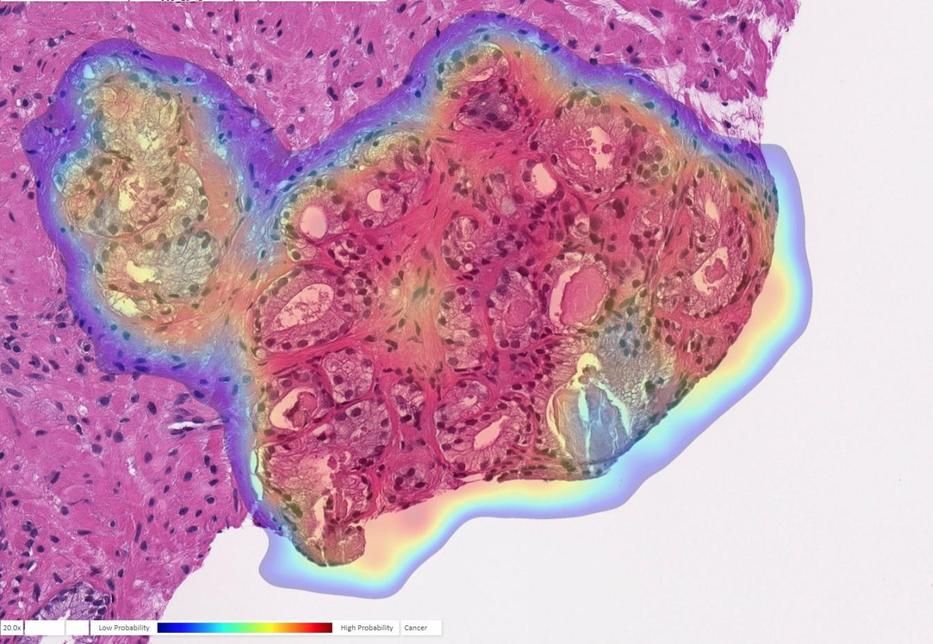Aug 23, 2020
Genomic analysis reveals many animal species may be vulnerable to SARS-CoV-2 infection
Posted by Genevieve Klien in category: biotech/medical
Humans are not the only species facing a potential threat from SARS-CoV-2, the novel coronavirus that causes COVID-19, according to a new study from the University of California, Davis.
An international team of scientists used genomic analysis to compare the main cellular receptor for the virus in humans—angiotensin converting enzyme-2, or ACE2—in 410 different species of vertebrates, including birds, fish, amphibians, reptiles and mammals.
ACE2 is normally found on many different types of cells and tissues, including epithelial cells in the nose, mouth and lungs. In humans, 25 amino acids of the ACE2 protein are important for the virus to bind and gain entry into cells.
